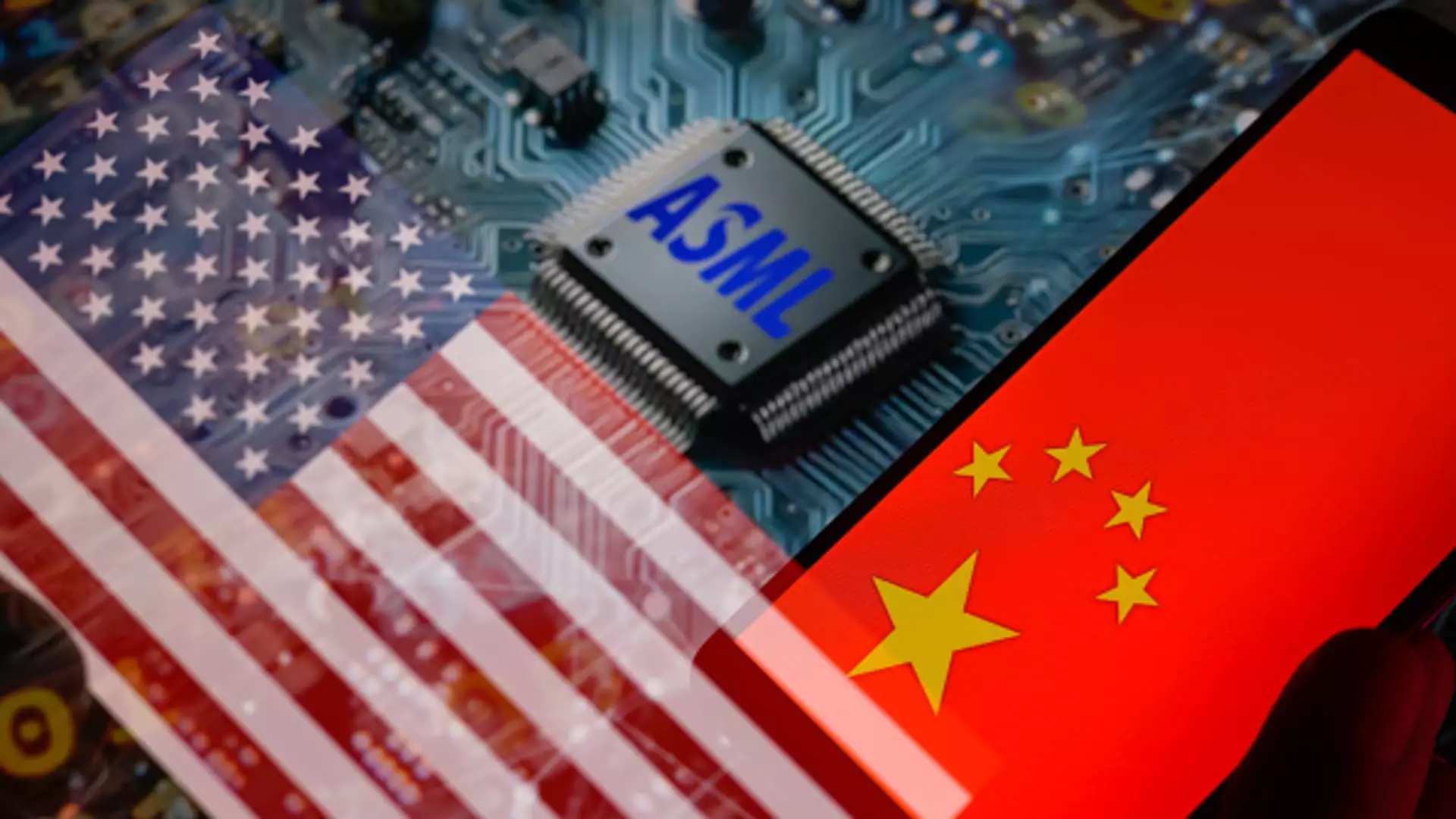On a notable Thursday, shares of prominent semiconductor equipment manufacturers experienced a remarkable uptick following reports regarding potential U.S. sanctions aimed at China’s semiconductor industry. Following a steady report from Bloomberg, investment enthusiasm surged, with ASML gaining approximately 3.6% in Europe and Tokyo Electron rising by over 6% on Japanese markets. Such fluctuations underscore investor sensitivity to geopolitical developments, demonstrating how intertwined the technology sector is with international relations.
Reports indicate that the U.S. is deliberating on the implementation of new sanctions, albeit with a focus that appears less stringent than earlier proposals. The intention is to limit the export of semiconductor manufacturing equipment and artificial intelligence memory chips to China. Despite a perceived easing of restrictions, the specificity of these measures remains uncertain, particularly concerning inclusion on the Entity List, which denotes companies that face export licensing requirements.
One noteworthy aspect of this developing landscape is the decision not to blacklist ChangXin Memory Technologies, a significant player in the Chinese semiconductor ecosystem and a potential competitor to established giants like SK Hynix and Samsung. Analysts from Jefferies have suggested that this particular exclusion could mitigate the projected downturn in ASML’s revenue from China, hinting that the anticipated 30% decline in sales might not materialize as dramatically as previously thought.
ASML stands at the forefront of the semiconductor industry, providing essential lithography equipment that is vital for the production of cutting-edge chips. As the global tech rivalry intensifies, ASML has found itself at a crossroads. The company has encountered severe limitations on exporting advanced equipment to China, significantly affecting its operational strategy and revenue channels. While U.S. and Dutch regulatory bodies have increased restrictions concerning semiconductor exports to China, the dynamics of international commerce continue to evolve.
The distinction between advanced and less advanced machinery in semiconductor manufacturing has also become a focal point. The restrictions imposed by governments have channeled attention towards “fabs,” the semiconductor fabrication plants that utilize ASML’s machines, including Taiwan’s TSMC and China’s SMIC. The broader implications of these rules are profound; demand fluctuations directly influence ASML’s profitability, establishing a fragile balance between U.S. trade policies and its global operations.
For ASML and its foreign competitors, the current geopolitical climate represents both challenges and opportunities. While the sanctions may be designed to hinder China’s technological growth, they concurrently create a distinctive landscape where companies outside China can capitalize on increased demand for their equipment. The delicate interplay of market forces, regulatory initiatives, and geopolitical tensions will unequivocally shape the future of semiconductor manufacturing.
As the global semiconductor industry braces for potential shifts stemming from U.S.-China relations, stakeholders must remain vigilant. The ramifications of these sanctions will undoubtedly resonate through the markets, influencing not only the operations of companies like ASML but also the overarching strategy of nations navigating the complexities of technological competition in the semiconductor realm.

